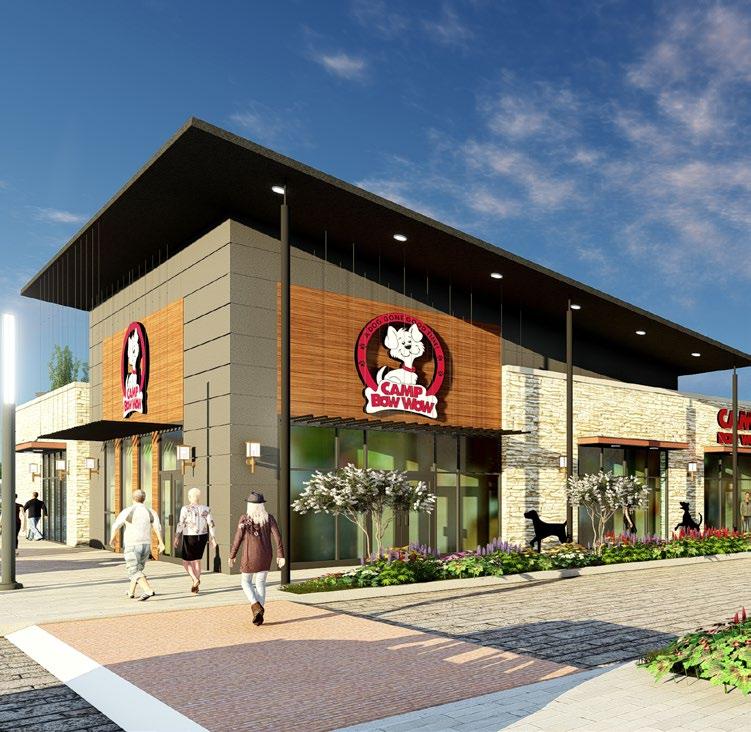
2 minute read
Our Reimagined Walmart Pillars & Our Strategy to Success
The retail development world is changing. Until a few years ago, development of retail power centers and malls were easy to design, if anchor tenants sought expansion in specific locations and demographics supported it. Things are changing, and rapidly so. No longer can the popular brands easily forecast their futures as they once did. As a result, bricks and mortar retail performance and construction is slowing down. Article after article are forever changing the landscape we thought was indestructible. So many familiar retailers that we frequented so often in our youth, no longer exists or are on the brink of bankruptcy. These retailers have no choice now but to think beyond just survival. In prior years, you could follow the innovation but today, you need to create it, and continue to drive it forward.
These days convenience is driving the success of retail centers, and technology is the catalyst. So, what is the root cause for such an impact on brick and mortar stores? Is retail, as we have known it for many years, really dying?
The answers is YES, to the way shopping centers are currently designed, and NO, retail is not dying, it is simply evolving! Walmart knows all to well that E-commerce is playing a much larger role in retail today. Simply put, E-commerce provides shoppers with convenience. So the question is, do people still want to shop? The answer is YES, people still love shopping! However, E-commerce brings convenience, and so a challenge about how Walmart & Sam’s Clubs brick and mortar centers can comingle with E-commerce emerges. It is a perplex question with no simple answer. Yet we have some thoughts and experience to share about this. cerned with aesthetics and developing robust design themes for retail destinations. Often, these themes had no authentic connection to the local community within which a retail center was located. Today, successful retail center design requires an understanding of local community needs and expectations. Local jurisdictions and shoppers seek places beyond home and work with which they can identify and enjoy spending time. Millennials are so integrally connected via there smart phones to help ease their daily lives, that centers need to be prepared to assure that internet connectivity is available; more importantly, that the highest speeds are available.
The common development goal as it has always been, is to focus on increasing visitor foot traffic to retail centers. In the past, designers were mostly con-

Local and regional food, beverage and entertainment tenants have been successfully helping grow and maintain retail centers over the past few years. But this market condition may begin to slow, becoming oversaturated in many locations. Successful retail centers require more than food and beverage solutions to become desirable destinations. Retail centers need to become their own sustainable eco-systems. This is the type of place visitors can spend quality time with family and friends, between practical errands, shopping, dining and simply enjoying safe and lively entertaining venues. New retail places ought to offer choices to families with and without children, active adults, and millennials as well. Centers that focus on attracting diverse ages and demographic groups are often poised for successful business and visitor experiences.

Centers need to be more diverse, and offer tenants essential services such as healthcare, emergent care, child daycare, dog care, fitness, wellness, and the list goes on. Envision a center where you can conveniently gather your daily necessities without having to drive from one destination to another. Today, evolving retail centers are becoming the new community centers where the people’s daily needs are getting satisfied in one convenient, safe and well-designed location. Convenience and desire is a way to begin to commingle with E-commerce.
As the real estate and design industry works to determine the future of retail centers, it is important to note, “for something better to evolve something worse has to die”.









